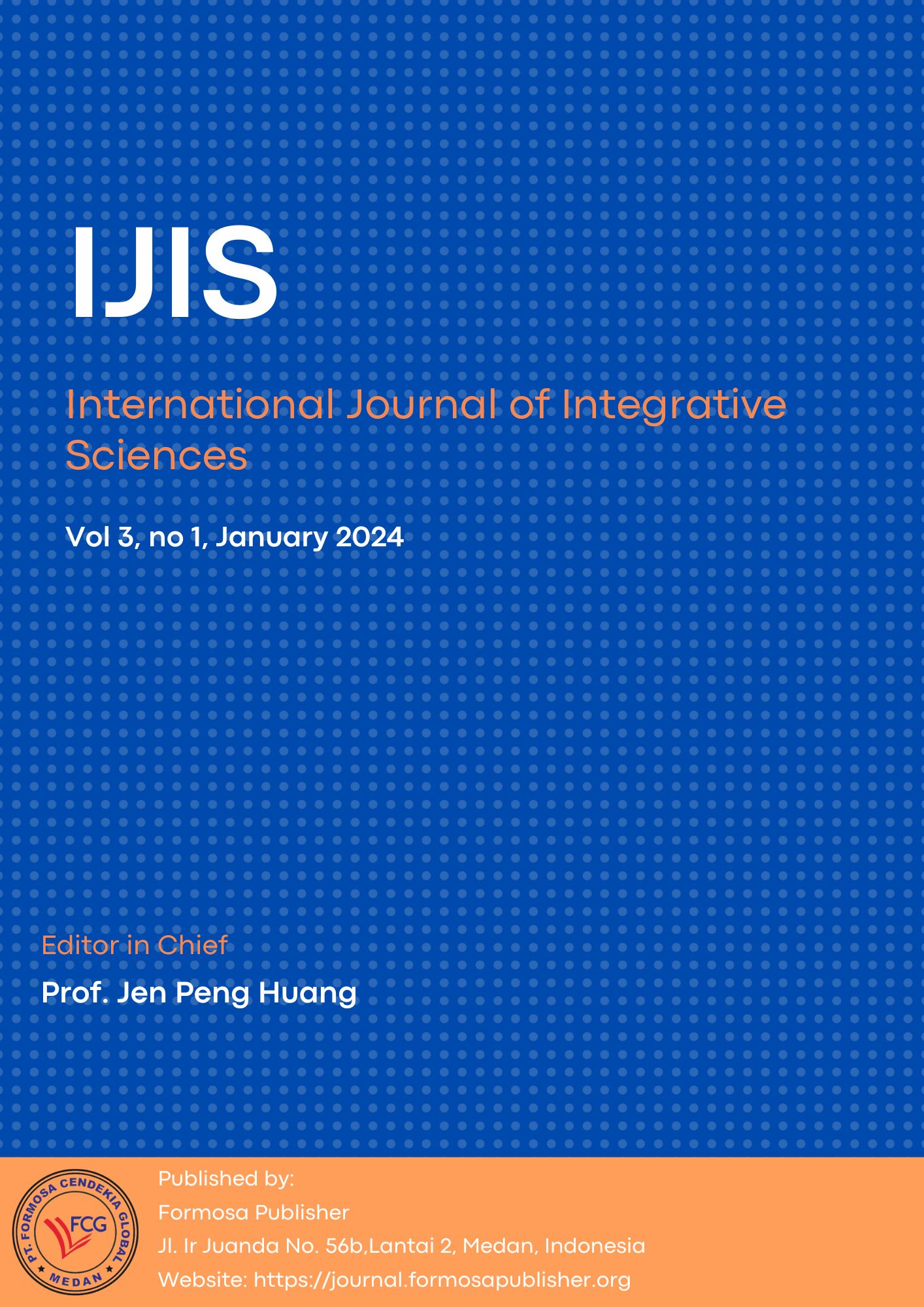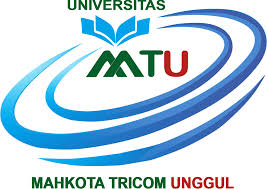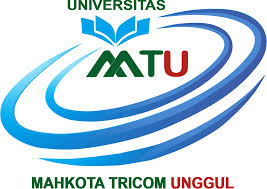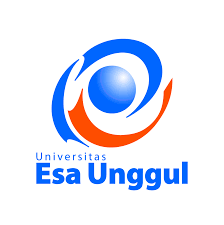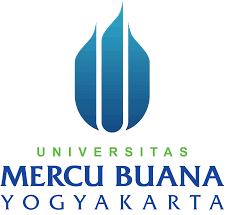Can Exclusive Breastfeeding Prevent Stunting in Lower Middle-income Countries (LMIC)?: A Systematic Review
DOI:
https://doi.org/10.55927/ijis.v3i1.7417Keywords:
Exclusive breastfeeding, stunting, Lower Middle Income Countries (LMIC)Abstract
Stunting, a nutritional concern, exerts adverse effects by influencing the physical and functional attributes of a child's body, contributing to elevated rates of child morbidity. Globally, the prevalence of stunting remains considerably high, registering at 22.2% in 2017, with approximately 55% of affected children in Asia and 39% in Africa. To Evaluate the connection between exclusive breastfeeding and stunting rates in lower middle-income countries. The research design was a systematic review. Article searches were conducted using Google Schoolar, Pubmed, Science Direct, and Scopus databases. The keywords used were "Exclusive Breastfeeding OR Lactation AND Stunting" and "Exclusive Breastfeeding OR EBF OR Lactation AND Stunting". Inclusion and exclusion criteria were used when selecting article titles and abstracts. The study encompassed a total of 9,949 and 16 articles for analysis. Exclusive breastfeeding provides adequate calories to fulfill the growth requirements of toddlers. Consequently, toddlers who do not exclusively breastfeed are at a higher risk of experiencing stunting. Among the thirteen articles examined in this research, an association between exclusive stunting and breastfeeding was consistently observed. Conversely, three articles conveyed no discernible correlation between exclusive breastfeeding and stunting. Furthermore, these articles highlighted the limited advantages of exclusive breastfeeding in preventing stunting. Toddlers who were not exclusively breastfed exhibited a higher probability of experiencing stunted growth, demonstrating a clear connection between the occurrence of stunting and exclusive breastfeeding
Downloads
References
Allen, L. H. (2012). B vitamins in breast milk: Relative importance of maternal status and intake, and effects on infant status and function. Advances in Nutrition, 3(3), 362–369. https://doi.org/10.3945/an.111.001172
Barricelli, B. R., Cassano, F., Fogli, D., & Piccinno, A. (2019). End-user development, end-user programming and end-user software engineering: A systematic mapping study. Journal of Systems and Software, 149, 101–137. https://doi.org/10.1016/j.jss.2018.11.041
Budiastutik, I., & Rahfiludin, M. Z. (2019). Faktor Risiko Stunting pada anak di Negara Berkembang. Amerta Nutrition, 122–126. https://doi.org/10.2473/amnt.v3i3.2019.122-129
Cynthia, Suryawan, W. B., & Widiasa, A. A. M. (2019). Hubungan Riwayat ASI Eksklusif dengan Kejadian Stunting pada Anak Usia 12-59 Bulan di RSUD Wangaya Kota Denpasar. Jurnal Kedokteran Meditek, 25(1), 29–5. http://ejournal.ukrida.ac.id/ojs/index.php/Meditek/indexhttp://ejournal.ukrida.ac.id/ojs/index.php/Meditek/article/view/1733
Danso, F., & Appiah, M. A. (2023). Prevalence and associated factors influencing stunting and wasting among children of ages 1 to 5 years in Nkwanta South Municipality, Ghana. In Nutrition (Vol. 110). Elsevier Inc. https://doi.org/10.1016/j.nut.2023.111996
Eriksen, K. G., Johnson, W., Sonko, B., Prentice, A. M., Darboe, M. K., & Moore, S. E. (2017). Following the world health organization’s recommendation of exclusive breastfeeding to 6 months of age does not impact the growth of rural gambian infants. Journal of Nutrition, 147(2), 248–255. https://doi.org/10.3945/jn.116.241737
Esfarjani, F., Roustaee, R., Mohammadi, F., & Esmaillzadeh, A. (2013). Determinants of Stunting in School-Aged Children of Tehran, Iran. In International Journal of Preventive Medicine (Vol. 4, Issue 2). www.ijpm.ir
Fadnes, L. T., Nankabirwa, V., Engebretsen, I. M., Sommerfelt, H., Birungi, N., Lombard, C., Swanevelder, S., Van Den Broeck, J., Tylleskär, T., & Tumwine, J. K. (2016). Effects of an exclusive breastfeeding intervention for six months on growth patterns of 4-5 year old children in Uganda: The cluster-randomised PROMISE EBF trial. BMC Public Health, 16(1). https://doi.org/10.1186/s12889-016-3234-3
Gibney MJ, Margetts BM, Kearney JM, & Arab L. (2008). Gizi Kesehatan Masyarakat (Public Health Nutrition). EGC.
Glaser, C., Lattka, E., Rzehak, P., Steer, C., & Koletzko, B. (2011). Genetic variation in polyunsaturated fatty acid metabolism and its potential relevance for human development and health. In Maternal and Child Nutrition (Vol. 7, Issue SUPPL. 2, pp. 27–40). https://doi.org/10.1111/j.1740-8709.2011.00319.x
Hadi, H., Fatimatasari, F., Irwanti, W., Kusuma, C., Alfiana, R. D., Ischaq Nabil Asshiddiqi, M., Nugroho, S., Lewis, E. C., & Gittelsohn, J. (2021). Exclusive breastfeeding protects young children from stunting in a low‐income population: A study from eastern indonesia. Nutrients, 13(12). https://doi.org/10.3390/nu13124264
Handayani, R., Qamariah, N., Munandar, H., Studi, P., Farmasi, D.-I., Kesehatan, I., Palangkaraya, U. M., Kota, P., Raya, K., & Tengah, I. (2022). Analysis Of The Effect Mother’s Education Level And Exclusive Breastfeeding On The Event Of Stunting In Children In Province of Central Kalimantan. Jurnal Surya Medika (JSM), 7, 1–9. https://doi.org/10.33084/jsm.vxix.xxx
Horta, B. L., & Victora, C. G. (2013). Short-term effects of breastfeeding … A SYSTEMATIC REVIEW ON THE BENEFITS OF BREASTFEEDING ON DIARRHOEA AND PNEUMONIA MORTALITY …. www.who.int
Indriani, D., Badan, P., Retnoningrum, A. D., Retnoningsih, T., Satria, S., & Nganjuk, B. (2021). Pengaruh Panjang Badan Lahir, ASI Eksklusif, Jumlah dan Pendapatan Keluarga Terhadap Resiko Kejadian Stuntinh Pada Balita. Jurnal Bidan Pintar │Vol, 2(1). https://doi.org/10.30737/jubitar.v2i1.1651
Julianti, E., & Elni. (2020). Determinants of stunting in children aged 12-59 months. Nurse Media Journal of Nursing, 10(1), 36–45. https://doi.org/10.14710/nmjn.v10i1.25770
Kasmita, Tasrif, N., & Santi, T. D. (2023). Stunting in Toddlers (6-60 Months): Parenting, Mother’s Education, Infectious Diseases, and Breastfeeding. Kemas, 18(4), 564–570. https://doi.org/10.15294/kemas.v18i4.41433
Kemenkes RI. (n.d.). Profil Kesehatan Indonesia Tahun 2018. Kementrian Kesehatan Republik Indonesia.
Khan, M. N., & Islam, M. M. (2017). Effect of exclusive breastfeeding on selected adverse health and nutritional outcomes: A nationally representative study. BMC Public Health, 17(1). https://doi.org/10.1186/s12889-017-4913-4
Kismul, H., Acharya, P., Mapatano, M. A., & Hatløy, A. (2017). Determinants of childhood stunting in the Democratic Republic of Congo: Further analysis of Demographic and Health Survey 2013-14. In BMC Public Health (Vol. 18, Issue 1). BioMed Central Ltd. https://doi.org/10.1186/s12889-017-4621-0
Kuewa, Y., Sattu, M., Otoluwa, A. S., Yusnita Lalusu, E., & Dwicahya, B. (2021). Hubungan Sanitasi Lingkungan dengan Kejadian Stunting pada Balita Di Desa Jayabakti Tahun 2021 (The relationship between environmental sanitation and the incidence of stunting in toddlers in Jayabakti village in 2021). Public Health Journal, 12(2). https://journal.fkm-untika.ac.id/index.php/phj
Kumar, A., & Singh, V. K. (2015). A Study of Exclusive Breastfeeding and its impact on Nutritional Status of Child in EAG States. Journal of Statistics Applications & Probability An International Journal, 4(3), 435. https://doi.org/10.12785/jsap/040311
Lauritzen, L., & Carlson, S. E. (2011). Maternal fatty acid status during pregnancy and lactation and relation to newborn and infant status. In Maternal and Child Nutrition (Vol. 7, Issue SUPPL. 2, pp. 41–58). https://doi.org/10.1111/j.1740-8709.2011.00303.x
Lestari, R. R., & Zurrahmi Z R. (2023). Pengaruh Riwayat Pemberian ASI Eksklusif Dengan Kejadian Stunting Pada Ibu Balita Usia 6-24 Bulan Di Desa Gading Sari Kecamatan Tapung Tahun 2022. Jurnal Ners, 7(1), 372–377. http://journal.universitaspahlawan.ac.id/index.php/ners
Lokonon, J. H. F., Hounkpatin, W. A., Bodjrenou, S. U. F., Sokadjo, M. Y., Dossou, N. I., Atchadé, M. N., & Hounkonnou, N. M. (2022). The role of exclusive breastfeeding and water sources in the reduction of stunting: Mediation and moderation analysis of cross-sectional data among Beninese children aged 6 months. Progress in Nutrition, 24(2). https://doi.org/10.23751/pn.v24i2.9954
Muliani, M., Tondong, H. I., Lewa, A. F., Mutmainnah, M., Maineny, A., & Asrawaty, A. (2023). Determinants of stunting in children aged 24-59 months: a case-control study. International Journal of Public Health Science, 12(3), 1287–1294. https://doi.org/10.11591/ijphs.v12i3.22313
Nuraini, I., Iswati, R. S., & Aisyah. (2022). Intervention Of Stunting Aged 0-59 Months Reviewing From Nutrition. Journal of Pharmaceutical Negative Results, 13(4), 700–705. https://doi.org/10.47750/pnr.2022.13.04.094
Podungge, Y., Yulianingsih, E., Porouw, H. S., Saraswati, E., Tompunuh, M. M., Claudia, J. G., Zakaria, R., & Labatjo, R. (2021). Determinant factors of stunting in under-five children. Macedonian Journal of Medical Sciences, 9, 1717–1726. https://doi.org/10.3889/oamjms.2021.6638
Pramulya, I., Wijayanti, F., & Saparwati, M. (2021). Hubungan Pemberian Asi Eksklusif Dengan Kejadian Stunting Pada Balita Usia 24-60 Bulan. In Jurnal Kesehatan Kusuma Husada-Januari.
Rahayu, N. K. (2023). Pengaruh Pemberian ASI Eksklusif Terhadap Kejadian Stunting pada Balita di Desa Tanjung Wangi Cicalengka. Bandung Conference Series: Medical Science, 3(1). https://doi.org/10.29313/bcsms.v3i1.6130
Saadong Djuhadiah, Suriani B, Nurjaya, & Subriah. (2021). BBLR, Pemberian ASI Eksklusif, Pendapatan Keluarga, dan Penyakit Infeksi Berhubungan dengan Kejadian Stunting. Jurnal Kesehatan Manarang, 7, 52–58.
Safaah, N., Yunitasari, E., Efendi, F., Sunanita, S., & Suhartono, S. (2022). Relationship between exclusive breastfeeding and stunting among children aged 2-5 years in Indonesia. Gaceta Medica de Caracas, 130, S1019–S1024. https://doi.org/10.47307/GMC.2022.130.s5.21
Sandjojo EP. (2017). Buku Saku Desa Dalam Penanganan Stunting . Kementrian Desa Pembangunan Daerah Tertinggal dan Transmigrasi.
Sumardiyono, S. (2020). Pengaruh Usia, Tinggi Badan dan Riwayat Pemberian ASI Eksklusif Terhadap Stunting Pada Balita. Medika Respati : Jurnal Ilmiah Kesehatan, 15(1), 1. https://doi.org/10.35842/mr.v15i1.269
Sumarni, S., Oktavianisya, N., & Suprayitno, E. (2020). Pemberian Air Susu Ibu Eksklusif Berhubungan dengan Kejadian Stunting pada Balita di Pulau Mandangin Kabupaten Sumenep Provinsi Jawa Timur. Jurnal Riset Hesti Medan Akper Kesdam I/BB Medan, 5(1). https://doi.org/10.34008/jurhesti.v5i1.174
Tafesse, T., Yoseph, A., Mayiso, K., & Gari, T. (2021). Factors associated with stunting among children aged 6–59 months in Bensa District, Sidama Region, South Ethiopia: unmatched case-control study. BMC Pediatrics, 21(1). https://doi.org/10.1186/s12887-021-03029-9
The World Bank. (2016). World Bank Country and Lending Groups.
The World Bank. (2018). The World Bank Annual Report 2018.
Toma, T. M., Andargie, K. T., Alula, R. A., Kebede, B. M., & Gujo, M. M. (2023). Factors associated with wasting and stunting among children aged 06–59 months in South Ari District, Southern Ethiopia: a community-based cross-sectional study. BMC Nutrition, 9(1). https://doi.org/10.1186/s40795-023-00683-3
UNICEF. (2007). Progres For Children: A World Fit For Children.
Warnelis, E., & Simamora, D. (2021). Pengaruh Riwayat Infeksi dan ASI Eksklusif Terhadap Tumbuh Kembang Ballita Dalam Mencegah Stunting. Jurnal Maternitas Kebidanan, 6(1).
WHO. (2021, May 6). The UNICEF/WHO/WB Joint Child Malnutrition Estimates (JME) group released new data for 2021. World Health Organization (WHO).
Downloads
Published
How to Cite
Issue
Section
License
Copyright (c) 2024 Rhisma Nasita Sianti, Martha Irene Kartasurya, Apoina Kartini

This work is licensed under a Creative Commons Attribution 4.0 International License.

